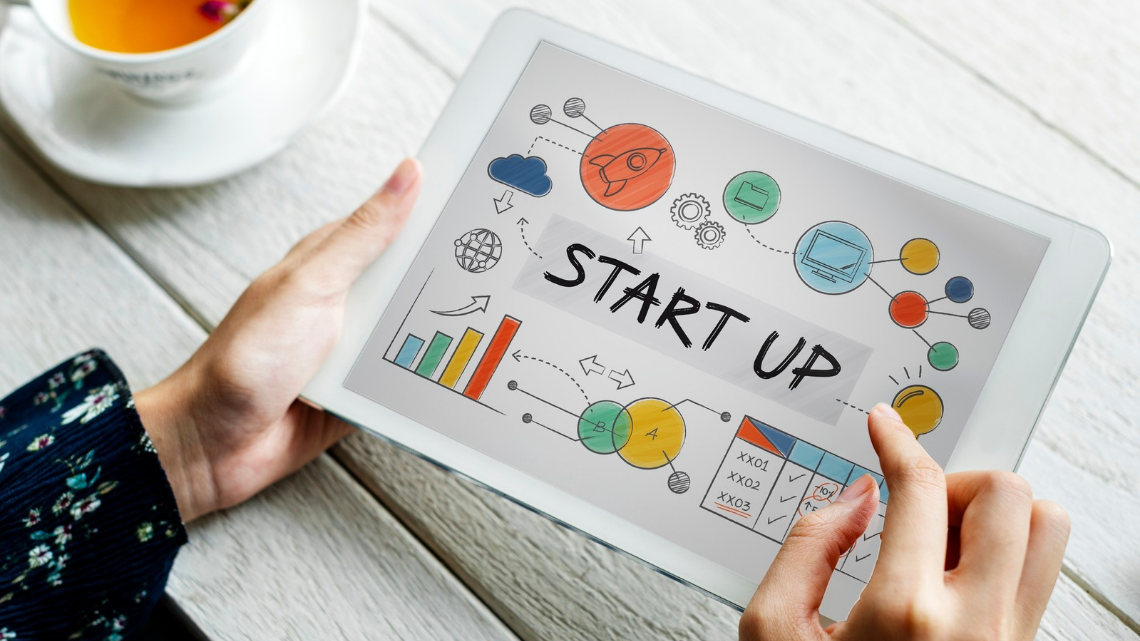
In the era marked by various technology trends and alternatively the ceaseless customer demands, lean startup method has gained momentum over traditional entrepreneurial styles due to its convenience and efficiency for innovative product development. It concentrates on validated learning, Build-measure-learn cycle, minimum viable product (MVP), iterating based on customer feedback, and resource utilization efficiency, aims to optimize startups efficiency, fosters risk-free innovation. Just like any other methodology, lean startup also has its strength and weaknesses. In this article, we will clarify what is lean startup method, what works, and what doesn’t in this method.
For more articles visit: Apac Entrepreneur.
What is a Lean Startup?
The term ‘Lean startup’ is about a methodology for developing a product, hopes to shorten the product development cycles and enhance the viability of a product or business model. The concept implemented to turn ideas into products quickly, reduce uncertainty, focus on customer demand, and then learn whether to continue it or not.
What Works in the Lean Startup Method
Customer Feedback: One of the key factor in lean startup is customer feedback, as it is focused on direct customer feedback. By engaging with potential customers too early and frequently, startups can potentially evaluate their ideas and make modifications in the plan. This approach reduces the rate of investment risk and eliminate developing a product that is currently out of the market demand.
Agility and Flexibility: Startups are revised to support agility and flexibility. In lean startup method, they promote agile practices like iterative development, to quickly test ideas, adapt features, and release for feedbacks. Flexibility requires for thrive in challenges and pivot adaptability for organizational changes.
Minimum Viable Product: The purpose of MVP (Minimum Viable Product) is for validating the hypothesis of a product or market by launching model version of the product at first, for testing and gathering feedback. This helps startups to ensure that their products meet the customer expectation before contributing a huge investment on the development. This lean concept helps resource conservation, iterate product development, minimize wastage of time and money.
Build-Measure-Learn Cycle: The build measure learn cycle is a fundamental concept in lean startup method. Startups makes products through iterative development and measure its performance through customer feedbacks and refining with continuous improvement. This is crucial for developing innovative products that aligns with the customer needs, secures startups for funding and investment ready.
Encourages Experimentation: Encouraging experimentation and persistent learning promotes to innovate efficiently and help strategic decision making. The encouragement for testing, learn from failures, and iterate on their ideas boosts efficiency. This iterative process fosters innovation and continuous improvement.
What Doesn’t Work in the Lean Startup Method
Misunderstanding the MVP: While the MVP is a powerful tool, its concept is often misunderstood. Some startups launch products that are too minimal, failing to provide sufficient value to attract and retain customers. It can also harm the startup’s reputation, making it difficult to regain customer trust.
Ignoring Long-Term Strategy: The lean startup method emphasizes short-term experimentation and learning, but some startups may neglect to develop a long-term strategy. Without long-term planning, startups may struggle to scale and sustain their operations.
Overemphasizing Speed: This method focuses on rapid iteration and quick market entry can sometimes lead to an overemphasis on speed at the expense of quality. Insufficient testing can lead to products that are not fully vetted for bugs or usability issues.
Inapplicability to All Industries: The lean startup method is not universally applicable. Industries with high regulatory requirements, such as healthcare and finance, may find it challenging to implement rapid iterations. Also, hardware startups may struggle to adopt the lean approach.
Team Alignment Issues: Implementing the lean startup requires alignment and buy-in from the entire team. If team members are not aligned with the startup objectives, conflicts and misunderstandings may arise, which can be a reason to hinder the process.
Conclusion
To conclude, Lean startup method can significantly impact on startup growth and success. By following these valuable principles and practices, startups can cultivate inviolable innovation. This method emphasis on customer feedback, MVPs, agility, experimentation, and adaptability provides a clear framework for small business to big companies. However, entrepreneurs must also understand and address the potential risks, such as misunderstanding the MVP concept, ignoring long-term strategy, overemphasizing speed, and team alignment issues. Ultimately choosing lean startup method increases the rate of success, focusing on customer needs and continuously iterating based on feedback.
To read more articles, visit our website, apacentrepreneur.com.
Connect with Us:
LinkedIn: https://www.linkedin.com/company/apac-entrepreneur/
Twitter: https://x.com/APACEntr
